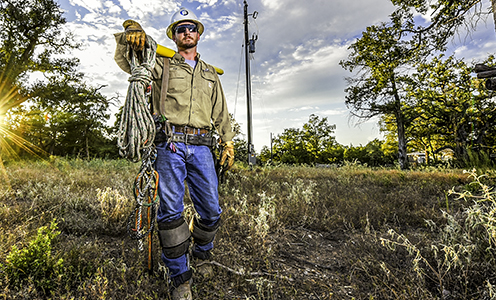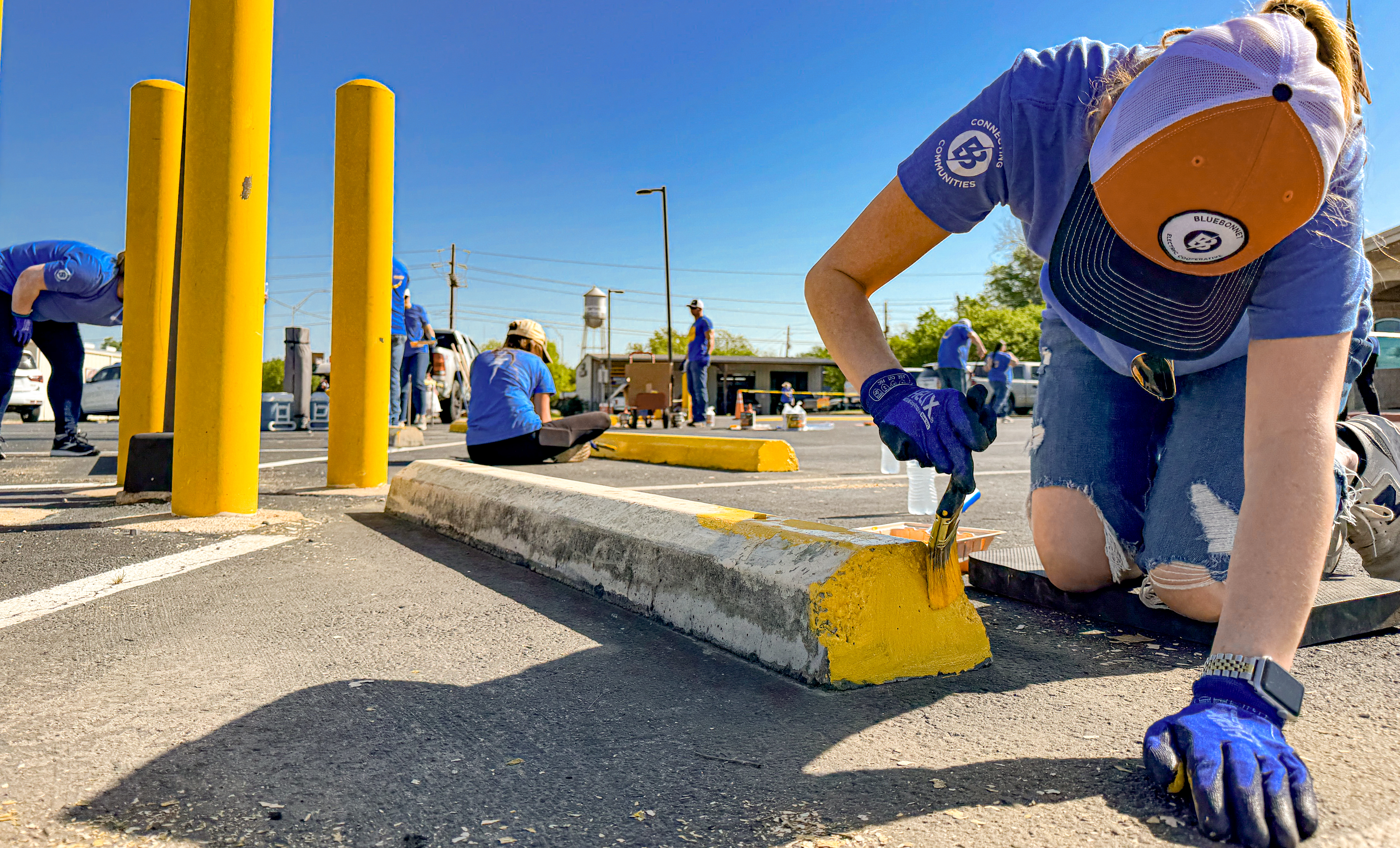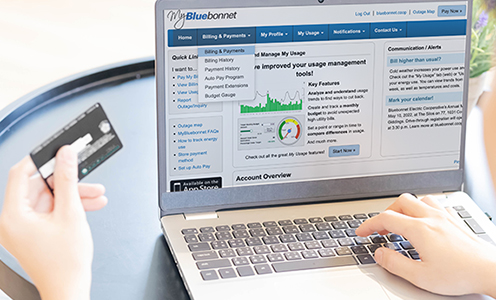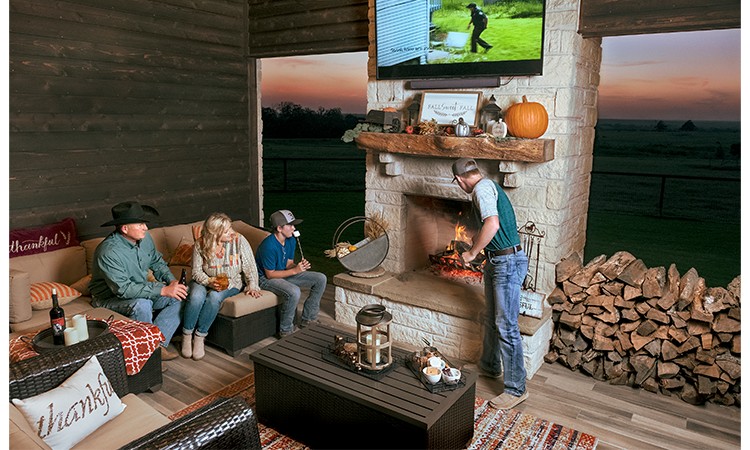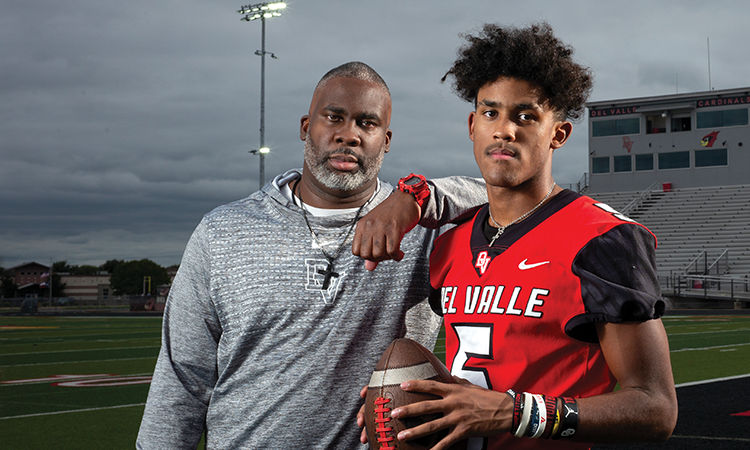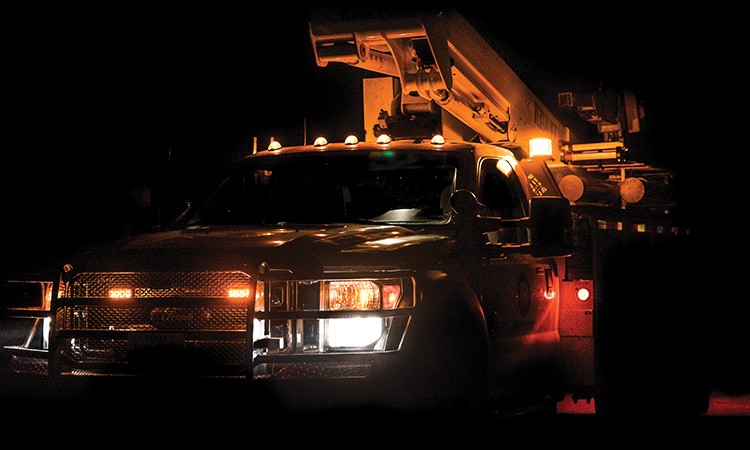
Most motorists know to move over a lane or slow down to 20 mph below the posted speed limit if a law enforcement vehicle has stopped another motorist on the side of a road or highway. But did you know that Texas lawmakers passed a bill in 2019 requiring the same protection for utility workers?
The state's Move Over/Slow Down law was expanded from police, fire, medical emergency, Texas Department of Transportation vehicles and tow trucks to include utility vehicles that are stationary with flashing amber or blue lights.
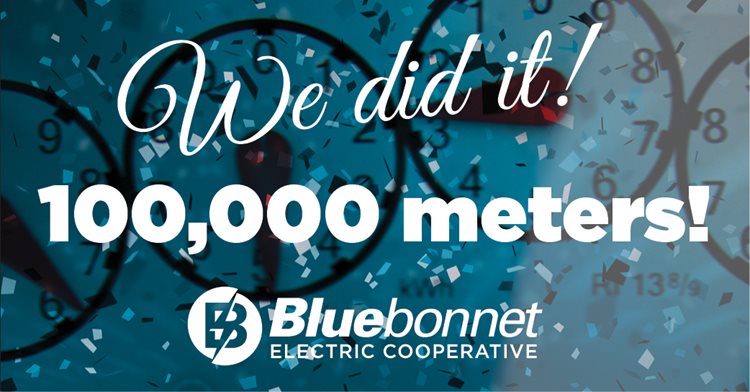
BY WILL HOLFORD
Bluebonnet Electric Cooperative celebrated a new milestone in April when it exceeded the 100,000-meter mark for the
first time in its 80-year history.
“This is a significant achievement for Bluebonnet and our members,” said Ben Flencher, Bluebonnet’s board chairman. “Exceeding 100,000 meters puts Bluebonnet in elite company and the next tier in terms of size among electric co-ops across the country, something few co-ops have accomplished.”
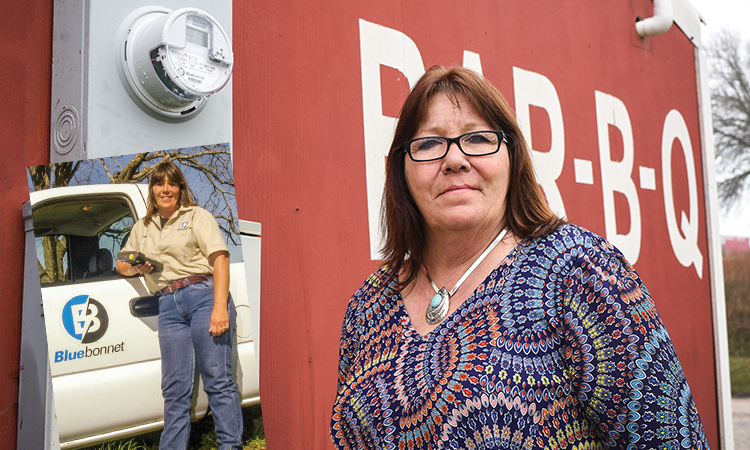
By Mary Ann Roser and Melissa Segrest
Do you remember the friendly person dressed in a tan shirt who walked up your drive to your house every month? He or she peered at your electric meter, decoding its dials, numbers and circling arrows. The person quickly typed numbers into a curious black device and then left, only to return the next month.
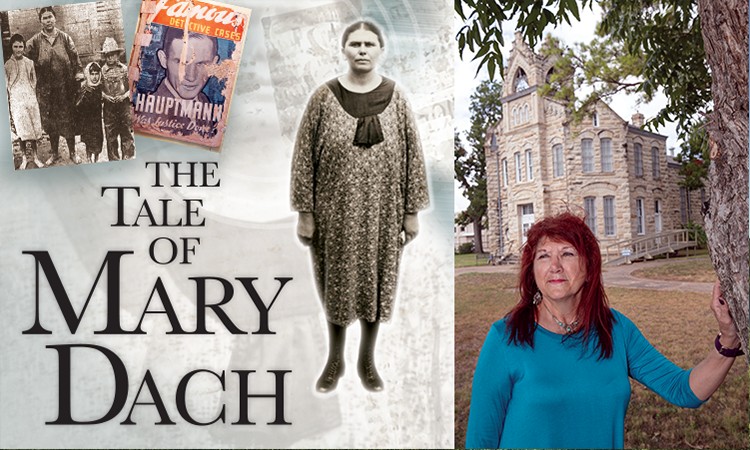
By Denise Gamino
Nearly 90 years ago, a widowed mother chose to starve to death in a Fayette County jail cell rather than die in the electric chair for the killing of a farmhand. She lost 150 fatal pounds. Before she died, Mary Dach wished aloud to someday be free, and to get a job in the jail that confined her. Perhaps she did.
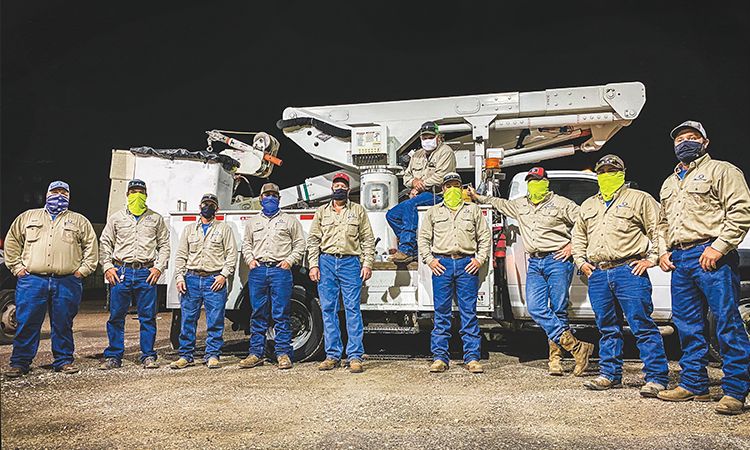
When Hurricane Laura made landfall in the early hours of Aug. 27, 2020, its devastating winds, rain and storm surge left hundreds of thousands of people without power across Louisiana and East Texas. Central Texans dodged damage from this storm, which enabled Bluebonnet Electric Cooperative to help out hard-hit utilities.

